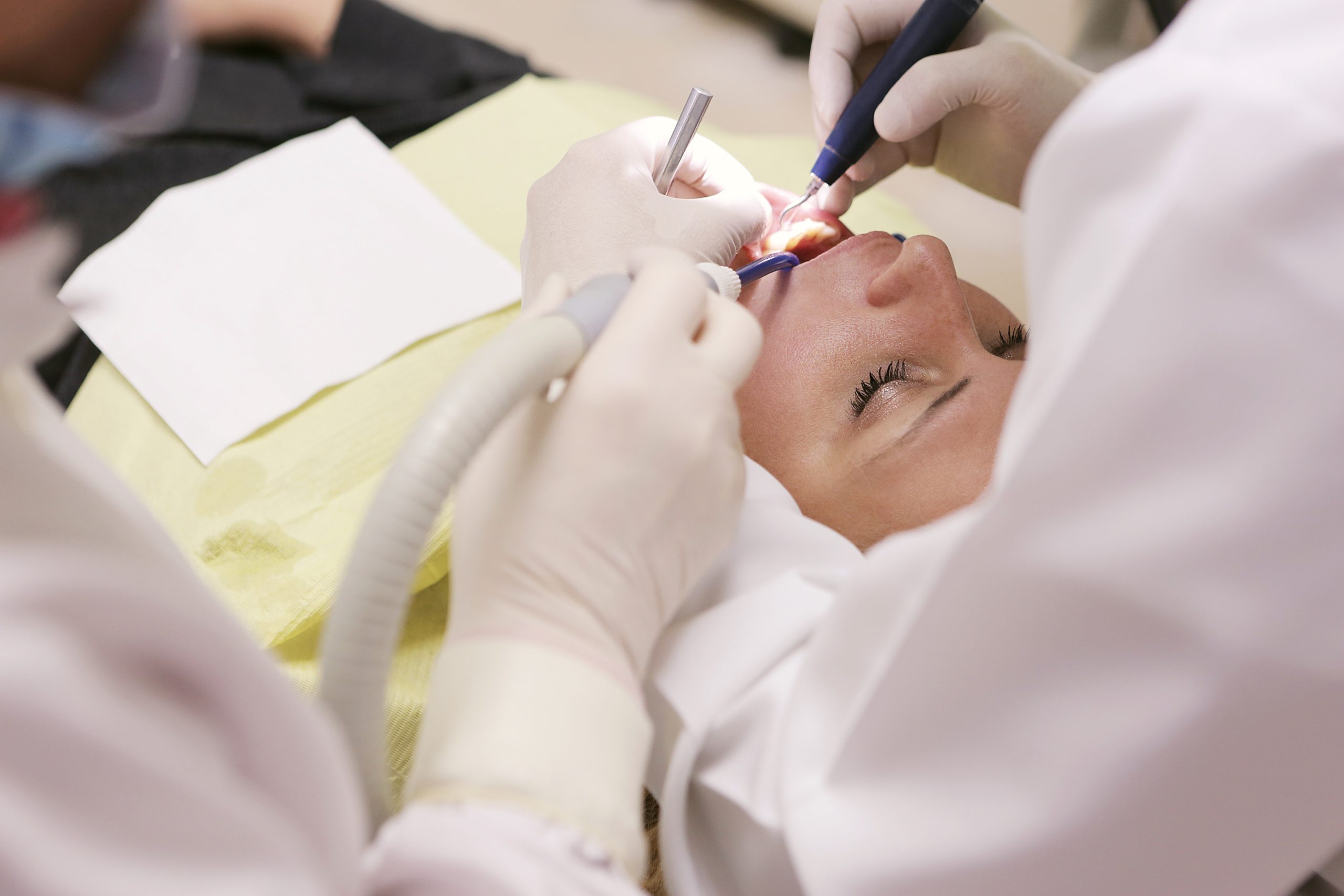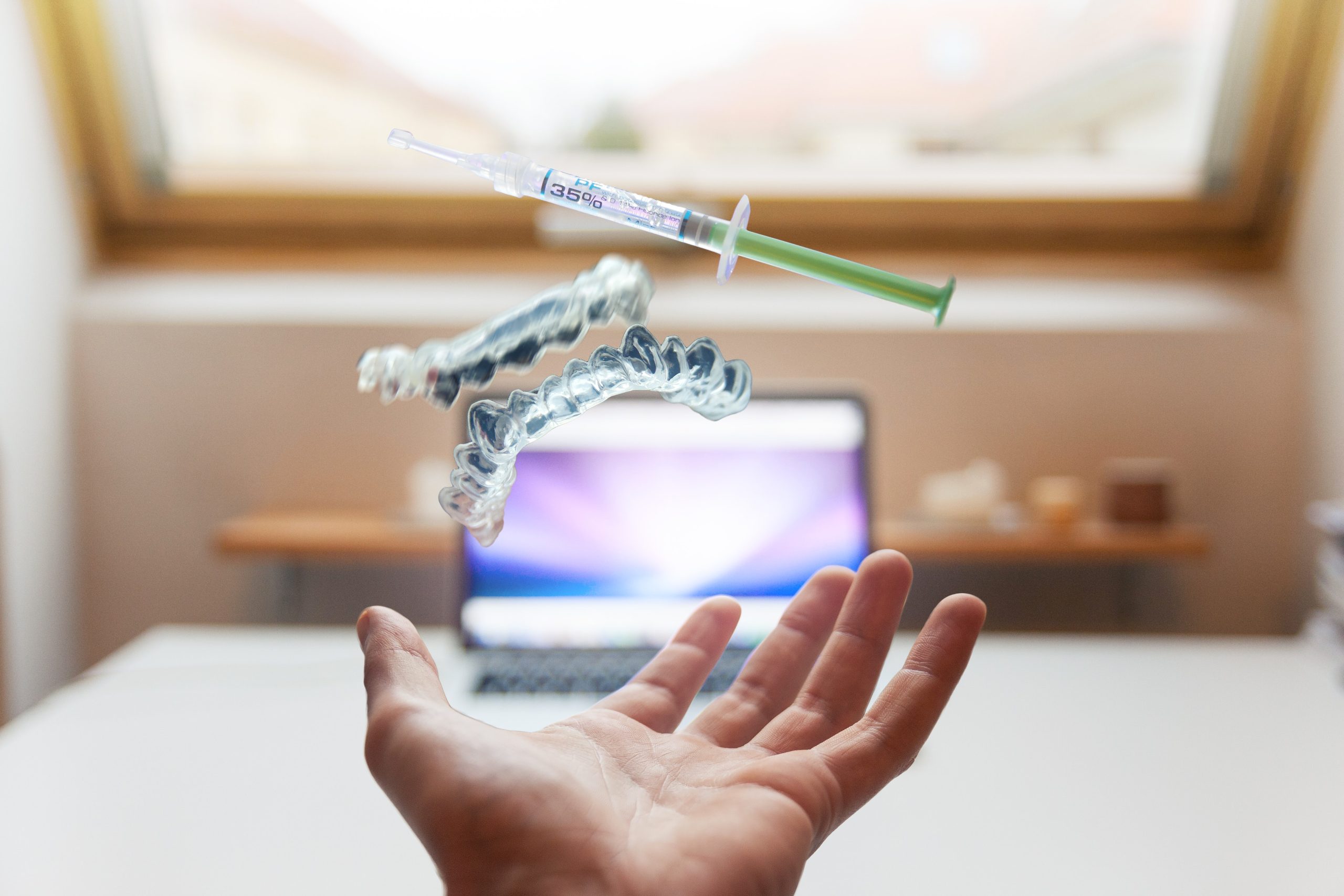
Digital Technology: Changing the Face of Dentistry
Dentistry, like every other sector of our lives, is benefiting from the constant advancement of technology. Modern advances in digital devices and processing software, in addition to the creation of new aesthetic materials and powerful prototype and manufacturing tools, are causing significant changes in the dentistry industry.
Modern dental procedures have decreased the discomfort and anxiety felt by patients. Digital tools, when placed into the hands of trained and skilled dentists, make dental procedures more comfortable, safer, accurate, and less painful.
Changes Brought by Digital Dentistry
Although traditional dental care has worked for years, the shift from dental practice to digital has begun. As technology improves rapidly, digital dentistry will be far more user-friendly and efficient, allowing dentists to carry out their work more efficiently and effectively than they could in the past.
This is how technology can improve your dental visits.
1. Intraoral Cameras
Using an intraoral scanner will allow your dentist to take less time making impressions, decreasing time and discomfort. Taking mold impressions is a tedious and uncomfortable procedure in every dental practice. Intraoral scanners make it faster and easier.
The dentist at your dental practice can create 3D data of your mouth by scanning your oral cavity with a portable intraoral scanner. Dental prosthetics such as crowns and dentures can be precisely made from the data gathered during this examination.
2. Digital X-Rays
X-rays continue to play a significant role in every aspect of the day-to-day activities of the dental industry. However, traditional x-rays demanded the creation of films. The process was slow and costly and required dental offices to preserve physical copies of documents.
That is no longer the case due directly digital radiography. This revolutionary method of X-ray examination creates digital radiographic images on a computer monitor in a very short time. That means that you won’t need to wait any longer to receive your X-ray results.
3. CAD/CAM Design and 3-D Printing
Customers and dentists alike have found the waiting time for restorations that are made in a laboratory to be very frustrating. The lab produces goopy prints, and while you wait for your restoration, you have to deal with using uncomfortable solutions for temporary ones. Innovations like computer-aided design/manufacturing and three-dimensional printing can help reduce these concerns.
Dental professionals can now create many dental restorations at the office, from onlays and crowns to complete prostheses. They can be designed, fabricated, and placed on the same day. This saves time for both you as well as your dentist.
Read on this page to learn more about this technology.
4. Dental Lasers
Drills for dental use are just as frightening as needles. In most cases, the drill can be substituted by a laser instead. They can immediately cauterize wounds that stop bleeding. This lowers the risk of infection, relieves pain, and accelerates the speed of healing. Furthermore, they can treat gum disease, remove soft tissues, expose impacted teeth, and prepare them for fillings.
Consult a New York City dentist if you want to know what treatment will best serve you for your dental needs.
5. Digital Patient Records
Like any other medical profession, dentists should keep detailed patient notes. The ability of a dentist to keep accurate records is essential for excellent patient care and follow-up. However, paperwork can be an immense burden at dental practices.
As a better and more efficient option, digital document keeping is the best way to move. Patients’ accurate and current information is easier to keep and available at the point of medical care. In addition, it facilitates the safe sharing of health records with patients, or other clinicians, can reduce administrative and paperwork expenses, and enhances patient privacy and security.
Aside from digital dentistry, another growing branch of dentistry is cosmetic dentistry. This involves procedures such as dental veneers, professional teeth whitening, and dental implants to improve your smile and boost your confidence.
Conclusion
Because of the reliability and reliability of digital imaging equipment, dentists can utilize them to detect abnormalities, diseases, and various dental problems. Since you’ll receive more treatment and faster care, your dental health will improve, and you’ll be less likely to suffer problems. Overall, dental implants may be the right choice, but it is best to consult your dentist before making any decisions.










